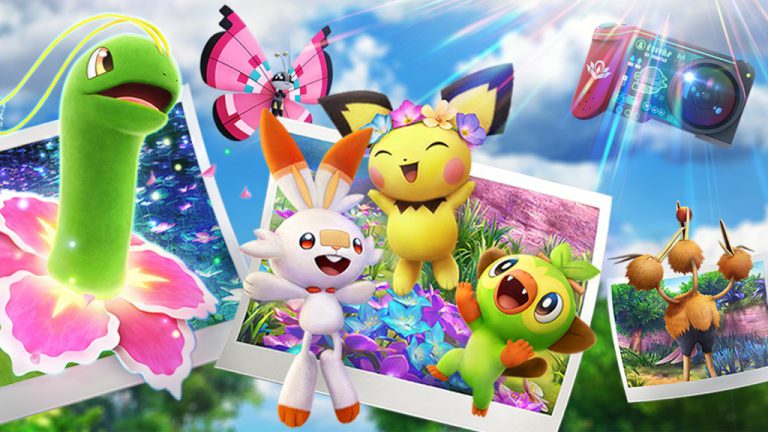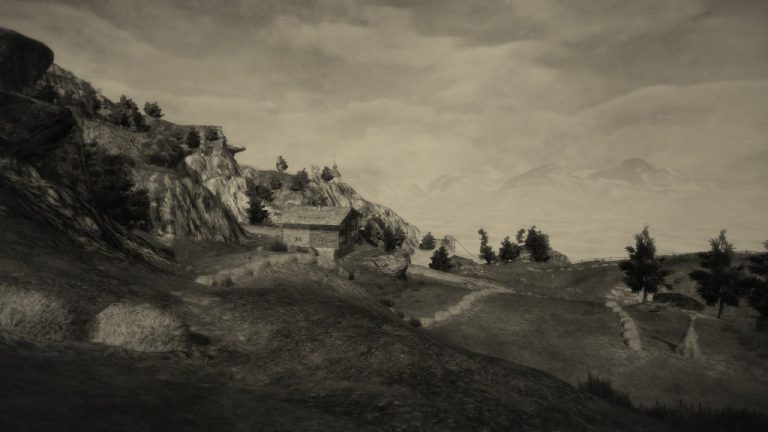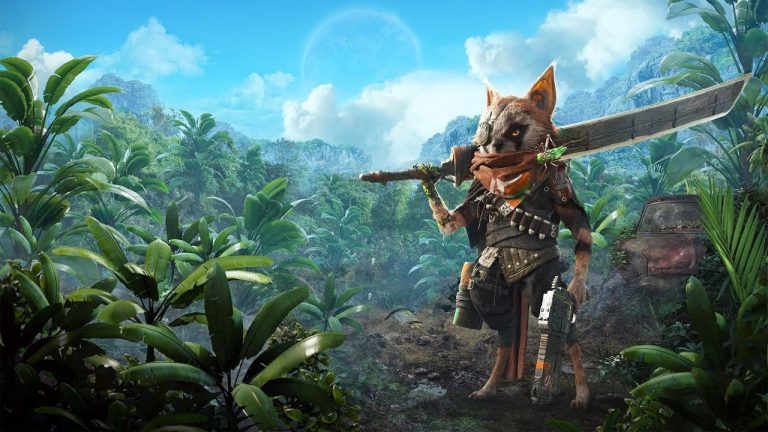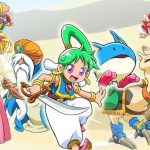The water still looks excellent. Extra specifically, the water still resembles excellent graphics. Water, at the turn of the turn of the century, was the measurement of a designer’s visual muscular tissue: can you massage therapy a bath tub of crunchy polygons till they thaw as well as purl? Many tried as well as failed (keep in mind the wavering gloop of Accident Bandicoot: The Wrath of Cortex?), however Nintendo delivered the goods. The game was Super Mario Sunshine, as well as the water came in lots of flavours. There was the sea, clear, blue-tinted, and also slim. The streams and also lakes, which were a crisp, drinkable blue-green– and also, when tainted with spilt paint, a dubious lavender. After that, certainly, there was the silver-white spume, jetting from the gizmo on Mario’s back. Nineteen years on, and also it’s all as it was in my head– every mouth-drying color. Water, water all over, and also not a leave of sync.
I did question, before playing the reissue– which is consisted of in Super Mario 3D All-Stars, a limited-edition compilation, readied to vaporize from the eShop at the end of this month– whether my recollection may be hazy, dried out by romance. Back in 2002, after all, I was scrunching up your eyes through the warmth and also fizz of a 480p resolution, in a blocky style (our fondest memories of video games are constantly in 4:3, with the perimeter of our lives cut off and funnelled into a square frame). Now, with the wide window of the Change, in 16:9 and 720p, it’s all come flooding back.
That dissipation, by the way, might drive even more people to buy Super Mario 3D All-Stars than the pure wish to review a trio of classics. Today is the last day that it gets on sale. If Sony or Microsoft tried to encourage us that one of their exclusives would certainly be gone permanently, we would laugh. When Nintendo tries it on, we buy it. The company is completely satisfied to slide into the pipes of its past as well as arise with prize, the better to squeeze a couple of added gold coins out of us. However it’s never desperate to. I can rattle off a string of simple ports that would decrease a tornado, amazing in their absence, as well as I still like that evasive 3DS variation of Metroid Fusion, offered only to those who acquired the console at launch, before its cost was cut. In the case of this brand-new collection, however, it was Sunshine alone that attracted me in– not the gravitational pull of Super Mario Galaxy nor Super Mario 64, whose hero’s relationship with the camera, and the guide it held over the medium, is equaled only by that of Charles Foster Kane.
So, why Sunshine? Why should a game that opens up with Mario slacking off aboard a pink plane, imagining food, and winds up with him being condemned for criminal damage and also pressed right into community service, still have such a hang on me? No goombas, no castles, no blocks to fracture with Mario’s unfaltering cranium, no Luigi, and also no genuine factor for Mario, Princess Peach, as well as their entourage of Toads not to damage parole, jump back onto their airplane, and also breeze back to the Mushroom Kingdom. Our initial agenda, when reappraising this weird game, is to cast our eyes upwards, to the clouds of criticism that darken its legacy. For numerous, the separation from those standards was too much, paired with the gizmo at the game’s heart. I am discussing the Flash Liquidizer Ultra Dousing Device, much better called F.L.U.D.D., which soaks right into every edge of the activity.
Nintendo’s usual method, when it comes to Super Mario, is to pack more suggestions than would fit easily in any other triple-A release, and to treat them like non reusable Yoshis: helpful for a piggyback, except the long run. F.L.U.D.D., however, which Mario makes use of to pipe away the scum that coats the beaches of Island Delfino (keep in mind the rainbowing colours of the muck, as well as the oily allegory that spots with the game), is right here to remain. The entire experience is blended along on its high-pressure currents. Mario’s jump is infused with a frothing jetpack, allowing him to float, as well as therefore the platforming is diluted. His activity rate is improved by a rear-spraying nozzle. He even gets fired into the heavens like a bottle rocket.
As well as yet, most interesting of all, to the child for whom summer season was the epoque of the Super Soaker, you might blow up anything in your path with a gush of freshly schlurped salt water. (Nintendo’s appeal has actually constantly lain in close proximity to playthings; its video games, a lot of them plastically bright, never overlook their obligation to lift the spirit.) How weird that the major joys of Super Mario Sunlight, those of spraying away graffiti in the name of public task, would certainly be seen, in the years that complied with, as sure signs of a tradition being watered down. The evident contrast is to Luigi’s Estate, which released with the GameCube, beating Mario to the punch by a year. That game– a showcase for the zest borne on those attractive miniature discs– sucked us in with its physics. Luigi, as for can be from cozy weather, traipsed about with a hoover on his back, as well as half the enjoyable was hoovering up drapes like pastas, as well as whipping flower holders right into a perilous wobble. You couldn’t even leap.
Such a sentiment would be blasphemy for Mario, whose attempts at tidying up entail the usual range of leaps, and also for whom a departure from the norm is a far dicier proposal. Luigi had the high-end of having absolutely nothing to depart from; his trip right into the plush gloom was a step into the spotlight, and also, even if he quailed at its spectre-like glare, he had already won the day by having little to shed. His brother, on the other hand, down in Island Delfino, may have been imaginable, but he was much in shadow. This was cast not by the villain– a watery doppelgänger with a paintbrush, who structures Mario for the local pollution– yet by the plumbing professional’s previous getaway.
The advancement of Sunshine can be traced back to the wake of Super Mario 64, in 1997, however all you will get is traces. In the November, 1999, concern of Nintendo Power, Shigeru Miyamoto claimed, “Well, for over a year currently at my desk, a model program of Mario as well as Luigi has been working on my display.” That job would certainly change often times, casting off different code word– amongst them the double-charged “Super Mario 128” and the less enthusiastic “Super Mario 64-2.” At some point, the video game we obtained took shape, and it plainly streamed from the theme of its precursor. “The concept was to take every little thing excellent from Mario 64, and also add this idea to it,” kept in mind manufacturer Takashi Tezuka.
It’s a superb plan, however the issue, for the experienced Mariogoer, is that whatever excellent in 1997 starts to feel stale five years on. The hub-based structure returned (those surging paintings that adorned the halls of Peach’s castle were changed by lurid smears of paint), and so did the swing as well as grab of the camera. It was as if the video game had actually hitched a ride on new hardware, had its graphics rinsed to a shimmer, but still had one foot stuck in the last generation. Compare its follower, Super Mario Galaxy, in which you were grasped not just by gravity, as you capered over the surface areas of hurtling planetoids, yet by the video game’s will to loose itself from the pull of tradition.
Sunshine was the directorial debut of Yoshiaki Koizumi, Miyamoto’s protégé, who had actually undertaken a ten-year apprenticeship at Nintendo. He is the one in charge of the surreal facility of The Tale of Zelda: Web link’s Awakening, the occasions of which swirled in the mind of a beached and also slumbering Web link. There is greater than a tip of the dreamlike in Sunlight. For something, the voice-overs sound foggy as well as delayed, as though the actors were midway to bed. What’s more, some degrees have been drained of logic, not just in their baffling objectives yet in their art design; what are we to make from the Sand Bird, a massive creature constructed from blocks that filter and scatter on the wind? Indeed, the whole setup has a sense of short lived unreality to it– switch the vacation for a doze, as well as you can envision Mario snapping awake and also shaking off the crazy-coloured visions of the last couple of hours.
Just, that’s things concerning Sunshine: it’s nearly difficult to shake off. Playing it resembles relaxing on the shore of some balmy nation, taking in the delirious state of mind, and afterwards emerging, into the ruthlessness of a British April, as well as finding yourself gusting damply along, still half-wrapped in its light as well as warmth. This is to 2 points. The initial is the art instructions, which, better than any kind of video game because, catches the sensation of a hot location. The blur that rises off its bleached-white plazas is pierced, occasionally, by vibrant shades– the lime-green wave of a hillside, the orange yolk of a smoking cigarettes volcano. Despite my Turn on low brightness, I still appeared ahead away squinting and parched. The 2nd is the songs, by Koji Kondo and also Shinobu Tanaka. “The music is influenced by the game controls, and its purpose is to increase the sensation of exactly how the game controls.” That is Kondo, talking about making up for Mario, as well as right here his method applies; the whole soundtrack really feels immersed. You need just listen to the very first four secs of “Delfino Plaza Style,” with its tenacious currents of guitar and also its swells of accordion, to feel extensively swept away.
This is why– in similar fashion to The Legend of Zelda– it can be difficult when attempting to select the freezing function. Examine the evaluations from the time, and also they’re all radiant; it’s only after the spell has dimmed that you can begin to pick mistake with its enjoyments. All these years later on, I still can not can not bring myself to begrudge its drawbacks. It might lean on the same ancient center design, yet it likewise happens to be the most effective center that Mario has actually ever before had. Its play may be strapped and also buckled to F.L.U.D.D. throughout, however it isn’t as if the old-fashioned formula couldn’t finish with an ultra dousing. If you played it after that as well as have actually felt your point of view grow amazing as well as cloudy; if you loved it as well as you long for a return trip; or if you overlooked the getaway completely, as well as you’re eager to bask in its air for a few fevered days; treat the game like you would if it were an abrupt burst of sunlight– get it prior to it’s gone.









